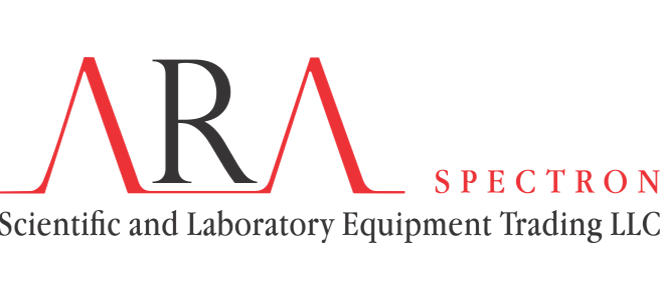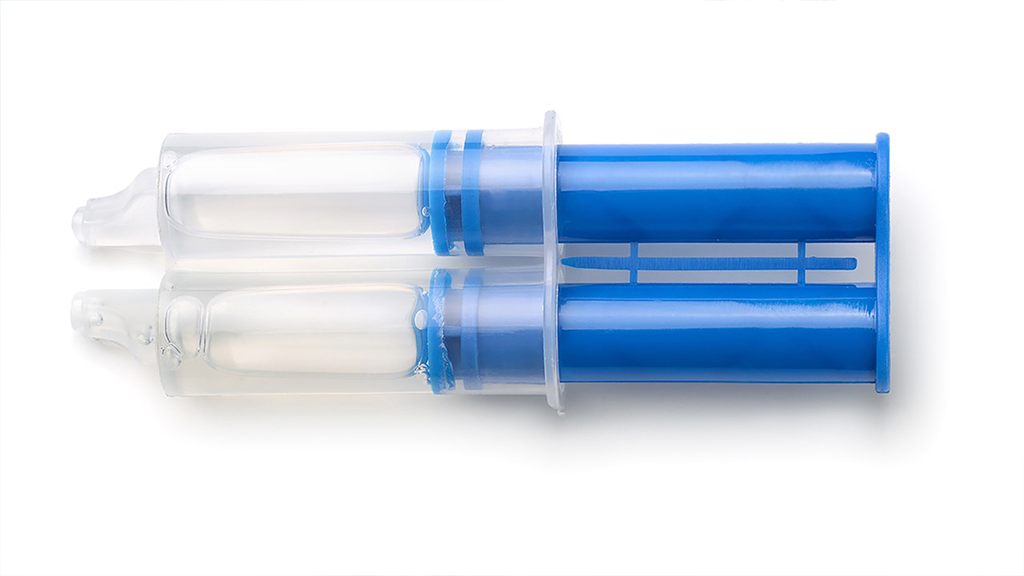In this application note featuring the QE Pro-Raman+ spectrometer, Ocean Insight examines the curing rate of a two-part epoxy as a model system for monitoring the kinetics and reaction completion of industrial processes.
Note: The author of this application note is Amy J. Ray Bauer, Ph.D., Principal Applications Scientist.
Epoxy is a general term referring to epoxy resins, both the individual components and the cured results. Epoxy resins are a family of reactive polymer precursors and polymers that include epoxide groups. These resins are used in an extensive array of consumer and engineering applications because of their durability, strong adhesion, chemical resistance, and other specialized properties.
Epoxy resins are used in the manufacture of adhesives, plastics, paints, coatings, primers and sealers, flooring and other products and materials that are used in building and construction applications. Most materials known as “structural” or “engineering” adhesives are epoxies. These high-performance adhesives are used to make laminated woods for decks, walls, roofing and other building applications, as well as in other products that require strong bonds to a variety of substrates including concrete and wood. Epoxies can stick to metal, glass, stone, wood and some plastics, and are more heat- and chemical-resistant than most glues.
However, all these properties are contingent on proper proportions and mixing. In this application note, Ocean Insight uses a readily available two-part epoxy as a model system for monitoring the kinetics and reaction completion of industrial processes, generally, and adhesive curing, specifically.
Experimental Setup
The two-part epoxy used in this demonstration, Devcon® 15 Minute Epoxy, is composed of bisphenol A diglycidyl ether resin and a polymercaptan/polyamine mixture (2,4,6-tri-(dimethylaminomethyl)-phenol and mercaptan amine blend). Mercaptan is an organo-sulfur compound that donates a thiol group to the curing process. Thiols react readily with the epoxide group and are typically used where heat cures are not possible, or a fast cure is needed.
To monitor the curing process, they used an Ocean Insight QE Pro-Raman+ with a 300 mW, 785 nm laser (LASER-785-LAB-ADJ-FC) and a Raman probe (RIP-RPB-785-FC-SMA) suspended at a fixed distance over the curing epoxy. Ambient light was excluded from the laser-sample interaction region with a black cloth. Raman signals were acquired with 3 s acquisition time and 10x averaging. Signals were acquired on the epoxy samples immediately upon mixing and then in 2-3 minute intervals after that. In some cases, signals were acquired the following day, but in no instance did these signals vary appreciably from those collected at 40-45 minutes after mixing.


